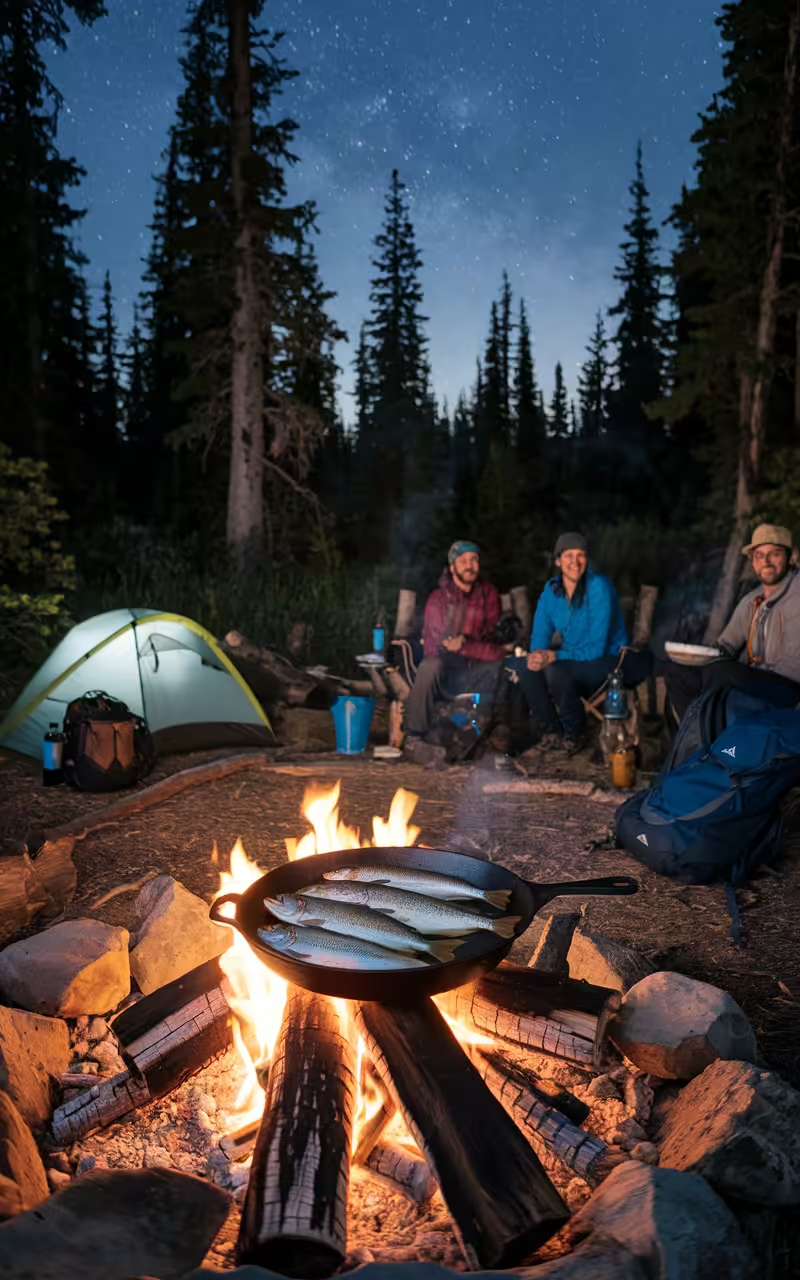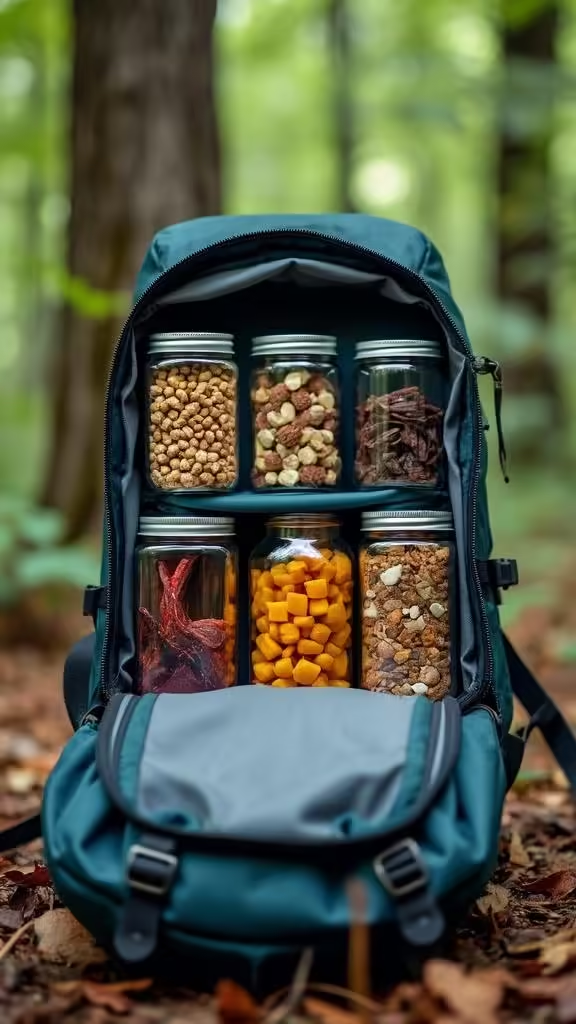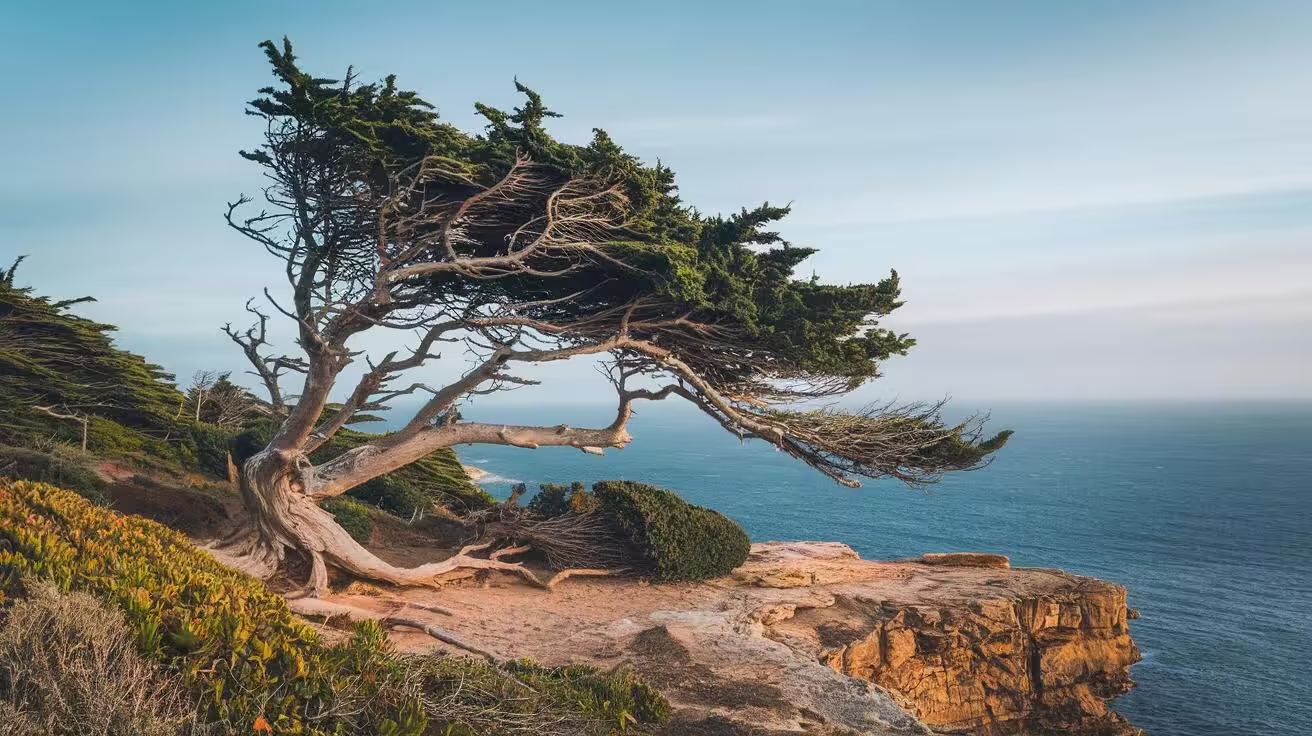The Ultimate Guide to Secret Camping Spots That Will Blow Your Mind (And Save You Money!)
Tired of crowded campgrounds and overpriced sites? Get ready to discover the hidden world of dispersed camping in national forests!
As an avid camper who’s spent countless nights under the stars, I can tell you there’s nothing quite like the thrill of finding your own secluded spot in nature. Dispersed camping is the ultimate adventure for those seeking solitude, breathtaking views, and a true connection with the wilderness.
But what exactly is dispersed camping?
Imagine camping anywhere you want, for free, without reservations or noisy neighbors. That’s the beauty of dispersed camping — setting up your tent or RV outside of designated campgrounds, often in remote areas of national forests.
Why should you care about dispersed camping?
1. It’s budget-friendly (read: FREE)
2. You’ll avoid the crowds and noise of traditional campgrounds
3. It offers a more immersive nature experience
4. You’ll feel like a true explorer, discovering your own slice of paradise
Trust me, once you try dispersed camping, you’ll never want to go back to cramped, overpriced campgrounds again.
The Hidden Gems of National Forests: Where to Find Your Perfect Spot
Now, you might be wondering, “Where can I actually do this dispersed camping thing?” Great question! Let’s dive into the treasure trove of options available to you.
National Forest Lands: Your Gateway to Adventure
Most national forests allow dispersed camping, except in highly developed areas. Here’s a pro tip: avoid setting up camp near trailheads, campgrounds, and picnic sites — these are usually off-limits.
Want some insider knowledge? Check out these hidden gems:
- Fremont-Winema National Forest, Oregon: Summit Rock offers panoramic views that’ll make your jaw drop
- Olympic National Forest, Washington: Quinault Ridge Road is a secret paradise for nature lovers
- Carson National Forest, New Mexico: Cebolla Mesa boasts stunning vistas of the Rio Grande Gorge



BLM Lands: The Wild West of Camping
If you’re in one of the 12 western states, Bureau of Land Management (BLM) lands are your ticket to camping freedom. Just remember, you can usually stay up to 14 days unless otherwise posted.
State-Owned Lands: A Mixed Bag of Opportunities
Each state has its own rules, so do your homework. Often, you can camp outside state parks and recreation areas, but you might need a permit or pay a small fee. It’s worth it for the
solitude and untouched beauty you’ll find.
How to Become a Camping Detective: Finding Your Perfect Spot
Ready to channel your inner explorer? Here’s how to uncover those hidden camping gems:
1. Embrace technology: Use Google Earth and satellite views to spot potential clearings and pull-offs along forest service roads.
2. Invest in pro tools: The Dyrt PRO Map Layers and Benchmark Maps are game-changers for locating dispersed camping areas.
3. Befriend the locals: Local ranger stations are goldmines of information. They can verify camping and fire restrictions, ensure forest access roads are open, and even share insider tips on lesser-known spots.
4. Look for the signs: Keep an eye out for designated sites and existing camp spots. This minimizes your environmental impact and ensures you’re in a safe, legal area.
Pro tip: Most dispersed camping spots are along maintained forest service roads. If you see a clearing with signs of previous campers, you’re probably in the right place.
The Unwritten Rules of Dispersed Camping: Don’t Be That Guy
Listen up, because this is important. Dispersed camping comes with responsibilities. Follow these guidelines to ensure you’re not ruining it for everyone else:
1. Keep your distance: Camp at least 100-200 feet from roads, trails, and water sources. Mother Nature (and your fellow campers) will thank you.
2. Don’t overstay your welcome: Most areas have a 14-day limit within a 30-day period. Respect it.
3. Leave No Trace: This isn’t just a catchy phrase. Pack out everything you bring in. And I mean everything.
4. Fire safety first: Always check local fire restrictions. Know how to properly extinguish your campfire — a single spark can devastate an entire forest.
5. Respect boundaries: Make sure you’re on public land. Accidentally camping on private property is a surefire way to ruin your trip (and potentially face legal consequences).
I once made the mistake of setting up camp too close to a water source in the Coconino National Forest. A friendly ranger educated me on the importance of keeping our water sources clean and undisturbed. It was a humbling experience that made me a more responsible camper.
Preparing for Your Off-Grid Adventure: Don’t Forget the Toilet Paper!
Dispersed camping is all about self-sufficiency. There are no amenities out here, folks. No toilets, no showers, no trash cans. You’re on your own, and it’s glorious.
Here’s what you need to remember:
1. Bring ALL necessary gear: This includes a way to purify water, shelter, cooking equipment, and yes, toilet paper.
2. Food storage is crucial: In bear country, use odor-proof storage and keep food away from your campsite. Trust me, you don’t want midnight visitors of the furry kind.
3. Check weather and road conditions: Mother Nature can be unpredictable. Plan accordingly and be prepared for sudden changes.
4. Emergency preparedness is key: Bring essential supplies and ensure you have a way to communicate in case of emergencies. Cell service is often non-existent in these remote areas.
Remember, the joy of dispersed camping lies in its simplicity and connection to nature. Embrace the challenge of self-reliance, and you’ll discover a sense of freedom you never knew existed.
Hidden Treasures: Camping Spots That’ll Make You Pinch Yourself
Now that we’ve covered the basics, let’s dive into some specific secret spots that’ll make your adventurous heart sing.
- Glacier View Campground, Flathead National Forest, Montana
Nestled in the heart of grizzly country, this spot offers breathtaking views of Glacier National Park without the crowds. - Saddle Mountain, Kaibab National Forest, Arizona Camp on the edge of the Grand Canyon’s North Rim. The sunsets here will make you question reality.
- Bartlett Cove, Tongass National Forest, Alaska For the truly adventurous, this remote spot offers whale watching and bald eagle sightings right from your tent.



Avoiding Disaster: Common Dispersed Camping Mistakes (And How to Dodge Them)
1. Underestimating Mother Nature: Always check weather forecasts and be prepared for sudden changes. I once got caught in an unexpected snowstorm in June — lesson learned!
2. Ignoring wildlife precautions: Store food properly and know how to handle wildlife encounters. Your Instagram story isn’t worth a bear attack.
3. Forgetting essential gear: Triple-check your packing list. Forgetting a tent stake or water filter can turn your dream trip into a nightmare.
4. Overestimating your abilities: Be honest about your skill level and physical condition. Start with easier trips and work your way up.
Your Next Steps: From Dreaming to Doing
Now that you’re armed with knowledge, it’s time to plan your own dispersed camping adventure. Here’s your action plan:
1. Choose your destination
2. Research local regulations and obtain any necessary permits
3. Gather your gear and plan your meals
4. Tell someone your plans (safety first!)
5. Hit the road and embrace the unknown
Remember, the joy of dispersed camping lies in the journey, not just the destination. Embrace the unexpected, respect nature, and create memories that’ll last a lifetime.





Leave a Reply